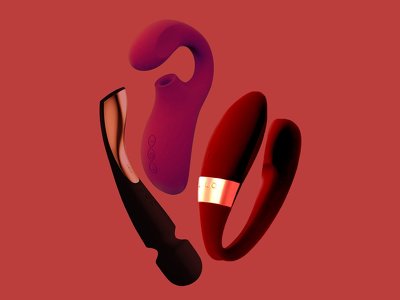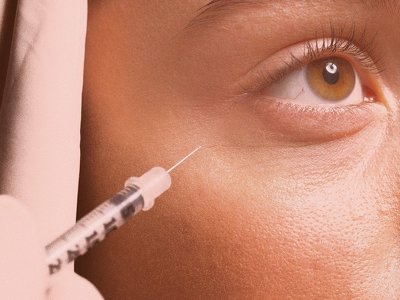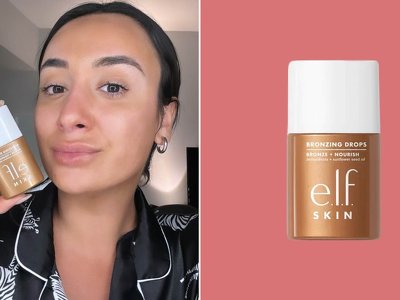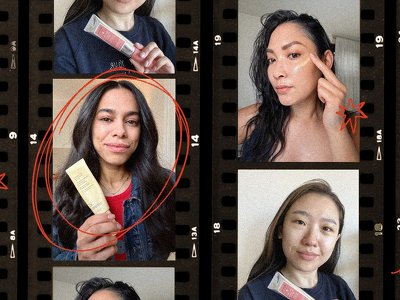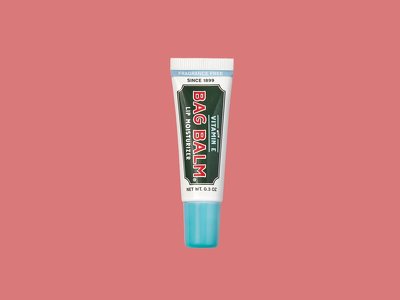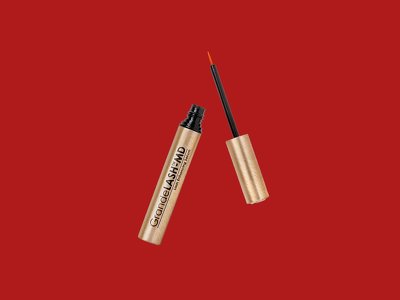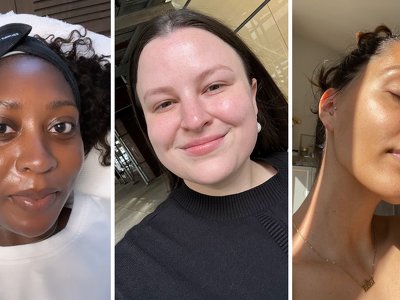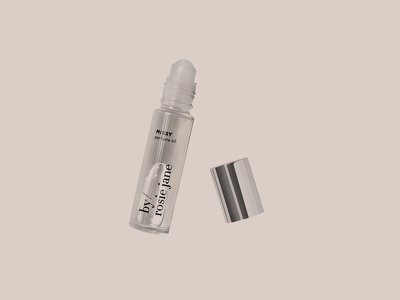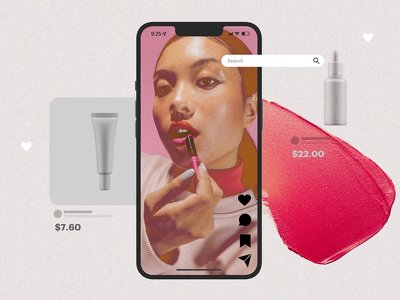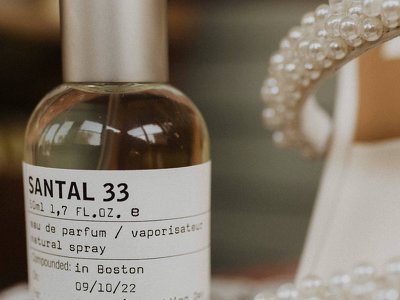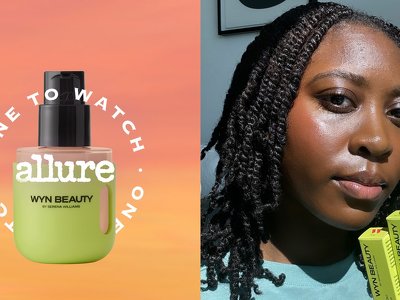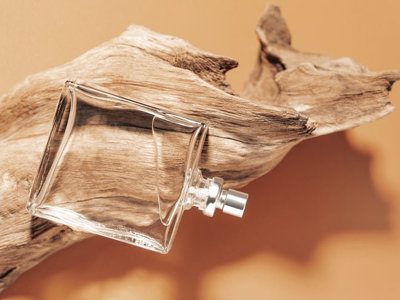Eczema Can Be Tougher on Black and Latinx Skin—Here’s Why

All products featured on Allure are independently selected by our editors. However, we may receive compensation from retailers and/or from purchases of products through these links.
“The itching was relentless,” dermatologist Oma Agbai, MD, remembers a Black patient telling her. The woman had been experiencing severe eczema since childhood without much improvement. Now an adult she had suffered one sleepless night too many and found herself in Dr. Agbai’s office. Her skin was thin and discolored due to years of topical steroid use to manage her flares. “For patients with severe eczema, using topical treatments is like trying to put out a house fire with a garden hose. Often it’s just not enough,” says Dr. Agbai. Unfortunately, receiving proper eczema care is not a given for Black and Latinx individuals, according to a widely cited 2023 study. Many are undertreated, overwhelmed, and desperate for help.
Eczema is a group of inflammatory skin conditions that produce symptoms like itchy skin, scaly patches, rashes, and blisters. The exact cause of eczema isn’t known, but research points to an overactive immune system, a weakened skin barrier, and filaggrin-related genetic mutations as some of the possible culprits. Filaggrin is a protein that plays an important role in skin hydration. When someone doesn’t have enough of it, their skin is more susceptible to irritation and eczema flare-ups, says Dr. Agbai, who is director of Multicultural Dermatology and Hair Disorders at the University of California, Davis, Health.
About 7% of American adults have eczema, according to the most recently available Centers for Disease Control and Prevention data. But it doesn’t impact everyone equally. Women are more prone to the condition than men, and Black and Latinx people tend to have more persistent and severe symptoms than individuals of other races and ethnicities. On top of taking a physical toll, eczema can also have a devastating emotional impact on those with the condition. “My patient confided in me that her eczema had triggered anxiety and depression,” says Dr. Agbai. “She felt like no one really understood how bad things were.”
More research is needed to help providers and the general public fully grasp the impact of eczema on minority populations. Still, in recent years experts have finally started developing a better understanding of why Black and Latinx communities are hit harder than others—and what can be done about it. Here’s what we know.
A study from researchers at Cincinnati Children’s Hospital Medical Center recently uncovered multiple gene variants in Black Americans associated with the risk of developing atopic dermatitis, the most common type of eczema. That may help explain why Americans with African ancestry are more at risk for this ailment. Thanks to previous research, we also know that a family history of eczema, allergies, or asthma can increase the likelihood that a person will develop eczema. Some of these conditions tend to be more prevalent in communities of color. A study published in 2023, for example, found that people who identified as Black or Hispanic were more likely to report having food allergies compared with white individuals. Additionally, Black Americans are almost 1.5 times more likely to be diagnosed with asthma than individuals of other races and ethnicities.
Genetics are just one piece of the puzzle; environmental factors also influence eczema prevalence and how well the condition can be diagnosed and managed. For example, exposure to air pollution can increase a person’s chance of developing atopic dermatitis, and long-standing residential segregation means that Black and Latinx individuals are more likely than white Americans to live in areas with higher levels of pollution.
For these communities the ability to access quality health care also makes a big difference in terms of eczema treatment. Providers often aren’t familiar with how conditions present on darker skin, and eczema is no exception. In fact, research shows that people of color have a harder time getting correctly diagnosed with or sufficiently treated for eczema than white individuals. In one 2020 study more than 86% of medical students identified atopic dermatitis in lighter-skinned individuals, but only roughly 74% correctly identified the condition in skin of color. Eczema flare-ups often look different on darker skin, with a dark brown, purple, or ashen gray hue instead of redness. In Black people there’s also a higher prevalence of eczema that presents as small bumps. (This is known as papular eczema and is less common than other forms of the condition.) But most dermatology textbooks show pictures of eczema presentations on light-skinned people, according to Katrina Abuabara, MD, a clinician and associate professor at the University of California, San Francisco, who has researched eczema in minority populations. “It’s harder to appreciate signs in darker skin tones, and because of that sometimes the severity of a condition may be underrated,” Dr. Abuabara says.
Subconscious bias may play into the treatment of eczema in people of color as well. “Even though patients of color tend to suffer more severe eczema, research shows they are less likely to be prescribed advanced treatments than their White counterparts,” says Dr. Abuabara, referencing study findings published last year. If you are misdiagnosed or don’t get strong enough treatment, your symptoms have time to go from bad to worse, making them harder to heal.
One last point: Research suggests that in addition to health care disparities, genetic components, and environmental impacts, socioeconomic factors may also contribute to the severity of eczema among Black and Latinx women. Data reveals that communities of color, including Black and Latinx populations, are more likely to be uninsured or put off care because of financial difficulties. For instance, seeing a specialist might not be covered by insurance, and even visiting a primary care physician may require taking too much time off work or paying for childcare.
“Financial barriers often delay care or make it hard to afford prescription treatments, which leads to more severe disease over time,” says Dr. Agbai. “There’s also data showing that lower socioeconomic status is associated with higher atopic dermatitis prevalence and worse outcomes.”
“A lot of patients are looking for a smoking gun,” says Dr. Abuabara. “They hope to find something they can eliminate from their environment to fix their eczema.” While it’s unlikely that just one thing is causing their eczema flare-ups, the good news is that doctors have a lot of tools in their proverbial toolbox to improve your skin’s health—and so do you. Here are some steps that may sound unremarkable but can really help you get the most out of your care as a person of color.
Some experts suggest keeping a flare journal or trigger diary, where you write down exactly what your skin has recently come into contact with that could have prompted symptoms. Remember that triggers can be both physical and emotional. “Stress influences our health and our skin,” says Dr. Abuabara, who remembers a Latina mom of two who was so busy caring for her family that she struggled to find time for appointments to help manage her eczema.
When it comes to treating eczema, seeing your primary care physician may not be enough; some patients need specialized care. “Connect with a board-certified dermatologist who has experience with diverse skin tones,” says Dr. Agbai. “It really does make a difference in getting the right diagnosis and developing an effective treatment plan.” And if the first dermatologist you see isn’t a good fit, don’t be afraid to look elsewhere, Dr. Agbai adds. “Ask your physician about skin-of-color-specific presentations, and if they’re unsure, know that it’s okay to get a second opinion,” she says.
When you show up for your appointment, give your doctor as many details as possible about your situation. Bring your flare journal, and put your symptoms in context by telling your provider if, say, you’re experiencing itching that keeps you up at night or distracts you at work. You might even want to bring pictures of your flares to show the doctor if your skin’s appearance has improved by the time your appointment comes around. “Your voice matters, and advocating for your skin is a form of self-care and self-respect,” says Dr. Agbai. “You deserve a physician who takes your symptoms seriously and acknowledges how much they’re affecting your life.”
For those with eczema, picking the right products is essential to help avoid flare-ups. You should use gentle, fragrance-free cleansers and moisturizers designed for sensitive skin, explains Dr. Agbai. Also, keep in mind that because of their low oil content, lotions aren’t usually moisturizing enough for eczema-prone skin. Instead, opt for oil-rich creams and ointments, which tend to help your skin retain moisture better.
Over-the-counter products can also help address damage after your symptoms have cleared. “For lingering dark marks after flares—something many Black and Latinx women deal with—look for products containing niacinamide, azelaic acid, or gentle retinoids, depending on your skin’s tolerance,” says Dr. Agbai. And of course, she says, don’t forget the sunscreen. “Daily sun protection is essential, too, as it helps prevent those marks from deepening and supports gradual fading over time.”
That being said, it’s vital to follow your doctor’s prescribed treatment regimen. Those treatments can range from prescription topical creams, which are often steroids, to oral medications, injectables, and even phototherapy. If you’re unsure whether a product you want to use works with your treatment plan, ask your doctor.
“Occupational exposures are often overlooked when it comes to eczema,” says Dr. Agbai. Think: having to wear certain fabrics (like wool) as part of a uniform or being required to use antibacterial hand sa
- Last
- April, 28
-
- April, 27
-
- April, 26
-
-
- April, 25
-
- April, 22
-
-
-
-
- April, 16
-
-
-
-
-
- April, 15
-
-
-
- April, 13
-
-
News by day
5 of July 2025
